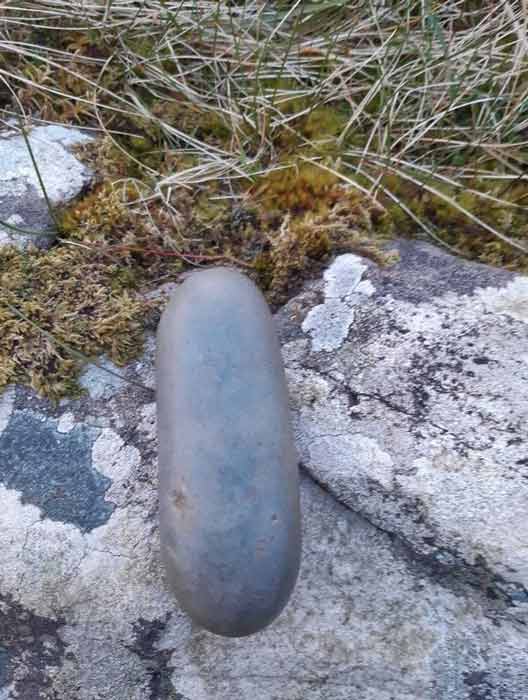An Irish farmer has discovered a “highly unusual and untouched” ancient tomb in County Kerry during land improvement works, which could date back 4,000 years or earlier.
The well-preserved stone tomb was unearthed on the Dingle Peninsula, located on Ireland ’s southwest Atlantic coast. According to The Dingle Peninsula tourist website the region is commonly called “ Corca Dhuibhne” which means “seed or tribe of Duibhne,” a Celtic Goddess of the “ túath” people who once occupied the peninsula.
The ancient tomb was recently discovered on private land by a digger during land reclamation works being carried out by a farmer. However, The National Monument Service has requested that the exact location of the ancient burial structure should remain secret “to prevent the possibility of disturbance.” The tomb is in a vulnerable condition and there are concerns that people visiting the site might cause further damage.
Remember, Diamonds Come in Small Boxes
No other landscape in western Europe boats the sheer density and variety of archaeological sites as does the Dingle Peninsula. This last stop before the Atlantic Ocean has supported people for at least 6,000 years and it is estimated that the landscape holds over 2,000 ancient monuments. Excavations at Ferriter’s Cove from first hunters and gathers date back to the Mesolithic Period (8000-4000BC) and cow bones dating to 5700 BP (Before Present), are “ the earliest evidence for cattle in Ireland .”
The Bronze Age saw the emergence of the first farmers on the Dingle Peninsula who lived in more permanent structures and developed pottery and other craft skills. Large stone tombs were built in the region to house the dead and many demonstrate incredible architectural skill in their orientation and alignment to the setting sun during the Winter Solstice. While this newly discovered tomb is relatively small in size, it is no less valuable in archaeological terms.

The ancient tomb discovered on Dingle Peninsula, Ireland. Source: RTE
A Highly Significant Ancient Discovery
The tomb was uncovered when a farmer upturned a large stone, beneath which, a stone slab-lined chamber was discovered with an adjoining sub-chamber located in front of the main tomb. Archaeologists from the National Monuments Service and the National Museum of Ireland visited the site to carry out an initial survey and within the sacred space they discovered “an unusual smooth oval-shaped stone and what is believed to be human bone,” according to a report in RTE.
It is believed the tomb may date to the Bronze Age (2000 BC-500 BC), but the archaeologists have identified a number of highly unusual features which suggest it could have been built much earlier. Archaeologist Mícheál Ó Coileáin said “the design of this particular tomb is not like any of the other Bronze Age burial sites we have here.” The oval-shaped stone, which is most probably a ritual item, has been removed for safe keeping and the authorities say they will “not be commenting on the find” until a full survey has been completed. But they did say it was “a highly unusual and significant find”.

The strange, oval-shaped stone found in the tomb. Source: RTE
A Tomb Aligned with The Gods
Dr Breandán Ó Cíobháin is an archaeologist and place names expert. Speaking with RTE, the expert said the find “could be invaluable to our understanding of pre-historic burial rituals.” The tomb’s almost perfect state of preservation is “very rare” and “an extremely significant find” said Dr Ó Cíobháin. Furthermore, the professor said that the orientation of the ancient tomb could help significantly in determining its age.
Dr Ó Cíobháin said the majority of “wedge tombs,” discovered in Cork and Kerry in particular are generally orientated to the west and south-west. The researcher says it is not currently clear “why,” but many tombs have unusual features such as porticos at the western end, so the orientation perhaps represents important celestial or lunar alignments.
Top image: The ancient tomb discovered on Dingle Peninsula, Ireland. Source: RTE
By Ashley Cowie
Related posts:
Views: 0
 RSS Feed
RSS Feed

















 April 20th, 2021
April 20th, 2021  Awake Goy
Awake Goy  Posted in
Posted in  Tags:
Tags: 
















